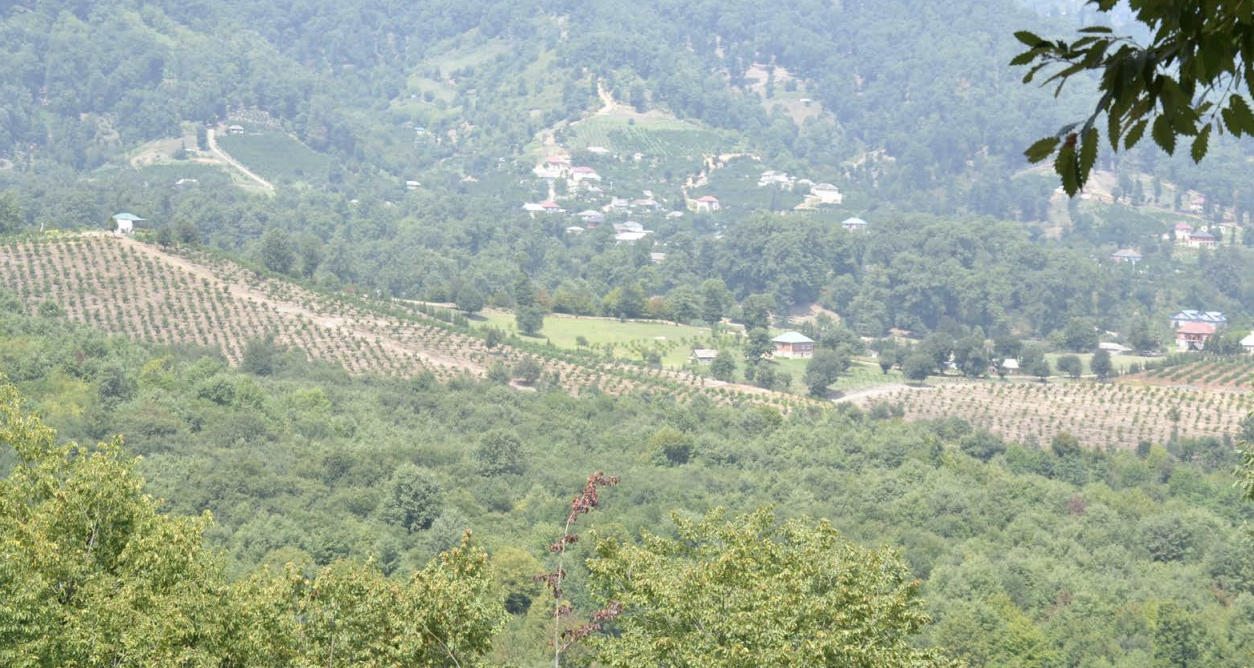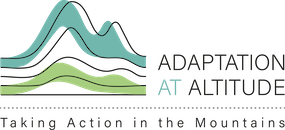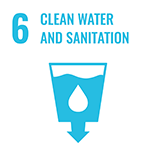As good as new: Rehabilitating irrigation systems in Gajimarda, Azerbaijan

Summary
This project involved the collaborative efforts of Astara Rayon Irrigation System Department, the Community Development Council, and local residents of Gajimarda village to rehabilitate aging irrigation infrastructure and adapt to the fluctuating river flows in the region. The solution focused on restoring the local reservoir’s capacity to hold and maintain water levels, and improving and adding infrastructure to ensure water supplies would be well distributed in the local community.
Azerbaijan has several different climate zones, from the western mountains that are mild and humid, to the eastern lowlands where it is dryer and hotter, especially close to the Caspian Sea. The Talish mountains are located at the southern tip of the country, between the border with Iran and the Caspian Sea coastline. The climate is warm and dry during the summer months, and with the anticipated effects of climate change, summer will be even warmer with longer dry spells. The region is, however, expected to experience a slight annual precipitation increase, concentrated in the spring. Heavy rainfall events are also forecast to increase in intensity.
In Gajimarda, a village in the Talish mountains, the community’s main activity is horticulture, especially growing citrus fruits such as mandarins, oranges, feychoa, and lemons. These fruits require substantial irrigation, for which the community relies on a reservoir. The reservoir has a capacity of 240,000 litres connected through a series of tubes to the various community members’ fields. However, due to fluctuating river flow and aging irrigation infrastructure, the community has experienced frequent water shortages in recent years. As a result, the yield of the citrus fruits has sharply declined, and some trees started to perish.
Overview
- Location:
- Implementation sites:
-
- Single country
- Single location
- Mountain region:
-
Talish Mountains
- Site locations:
-
Gajimarda Village
- Solution scale:
- Ecosystem type(s):
- Solution type(s):
- Sector(s):
- Climate impact(s) addressed:
- Other climate impact(s) addressed:
-
- Irregular precipitation and river flow
- Climate impact time-scale(s):
- Main benefit associated with the solution:
- Co-benefit(s) associated with the solution implementation:
- Other co-benefits(s) associated with the solution implementation:
-
- Health benefits
- Implementation timeline:
-
- 2011 - 2021
Solution details
Main beneficiaries & outcomes
Overall, 2,146 residents from 180 families benefited from the rehabilitation of the irrigation system:
- Access to a more stable water source has resulted in an economic revival for the villagers and productivity has returned to previous levels. The new irrigation system ensures that the villagers are adapted to fluctuating river levels and increasingly dry summers. Leaks have been substantially reduced.
- Women in the community have been highly engaged in agricultural production, including harvesting, irrigation, and delivery of products to the local market.
- Improving the local economy benefits the whole community and empowers families with more money for education, medical services, and social life.
Planning and implementation
Rehabilitating and improving the existing irrigation system in Gajimarda village, also considering current and future impacts of climate change, presented a simple solution that has made a big difference for the community and their livelihoods.
To rehabilitate the water system, the inside of the concrete reservoir was thoroughly cleaned, and any cracks or holes filled to ensure watertightness. The main metal pipeline leading out of the reservoir was replaced with plastic pipes of equivalent diameter and connected to 23 new water distributors. A total of 115 new outlet valves were created and connected to community members’ plots. In addition, one tap point was built in the village for easy access to drinking water.
The rehabilitated water pipes are owned by the Astara Rayon Irrigation System Department, which is responsible for the operation and maintenance of the lines. During the project, the department conducted training for the Community Development Council for the preparation of a sustainability and maintenance plan to ensure the long-term durability of the pipelines. The community also agreed to contribute financially to the project, which gave them ownership and ensured that they were involved from the outset.
Finance
The project was funded by USAID. A total of 12,000-14,000 USD was collected from the community, donations of the local municipality, and the donor organisation. With the community contributing to the financing of the solution, it gave them ownership of the irrigation system.
Innovation
Instead of implementing a top-down approach, this project allowed for community representation in the management of the rehabilitated water system. The involvement of, and partnership between women, low-income groups, and local authorities increased the likelihood that everyone would become more resilient to climate-induced water challenges.
Long term project sustainability and maintenance
Rehabilitating irrigation systems can be an important solution in regions where water scarcity will become an increasing issue in the future. Water leaks in irrigation or drinking-water systems are quite common across developed and developing countries. Up-to-date infrastructure, in addition to a community-based management system where all community members are represented including women, low-income groups and local authorities, contributes to resilience for everyone against climate-induced water shortages.
Capacities for design and implementation
Institutional
Coordination between local partners and the community is key to the implementation of this solution. The Astara Rayon Irrigation System Department is responsible for the operation and maintenance of the rehabilitated water pipes, but they also conducted training for the Community Development Council to ensure a sustainability and maintenance plan was created. Furthermore, with the community investing financially in the project, it was important to liaise with them and ensure they were involved in decisions throughout.
Socio-cultural
The local community was engaged in the management and implementation of the rehabilitated water system from the outset. This included women, who play key roles in harvesting, irrigation, and the delivery of products to the local market. Engaging a diversity of stakeholders in the solution means that the whole community will feel the benefits of an improved local economy and be more empowered going forwards.
Outlook & Scalability
Potential for upscaling and replication
Rehabilitating or updating irrigation systems is a good alternative in regions where the water scarcity can become an increasing issue in the future. Water leaks in irrigation or in drinkable water system are unfortunately quite common in developed and less developed countries. With the prospect of having less water availability in certain regions of the world, rethinking the water management system is a powerful way to increase resilience of communities to climate change. Having an up-to-date infrastructure in addition to a community based management system where all the community members are represented, including women, lower income groups and local authorities, also goes towards a more resilient approach.
The solution can be replicated in other mountain municipalities within Azerbaijan through the effective partnership of local communities and governmental water utilities, as well as in other regions with similar challenges. This project is an example of a public-private partnership between various stakeholders engaged in the water sector at the regional and national level.
- Renewing the flow of water in Mireshelli, Azerbaijan
- IPCC WGII Sixth Assessment Report Cross-Chapter Paper 5: Mountains
- Guiding water flows - The Project for the Development of Irrigation System in the Atari Basin Area in Uganda
- Adaptation at Altitude Regional Meeting: Taking Action Together for Resilient Mountain Communities in the South Caucasus





Comments
There is no content